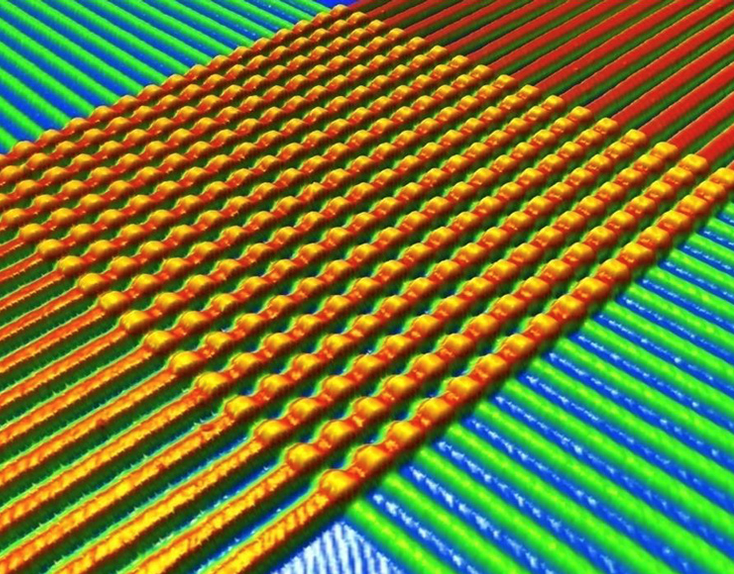Microchips surround us, from your smartphone, to medical sensors, credit cards and your fridge, data is continuously recorded and conditioned to steer our daily lives. Many of these devices have stringent power budgets and one cannot arbitrarily increase computing power. Moving and manipulating data is an energy intensive process, therefore novel concepts need to be developed. Memory devices which retain data even when power is missing, termed non-volatile memory (NVM), have increasingly received attention from the research community. These devices can be used to replace random access memories (RAM) or develop novel processing architectures, such as neuromorphic chips. These chips aim to mimic the function of a network of biological synapses.
Within my research, I will be investigating NVM cells, which are based on HfO2. Hereby we aim to control the device’s switching behaviour by manipulating the Schottky barrier at the semiconductor – electrode interface. We hope to achieve this by moving defects, oxygen vacancies and interstitial atoms, within the vicinity of the interface. My project involves the manufacture of near perfect HfO2 crystals by pulsed laser deposition, ab-initio modelling of the interface and probing the switching dynamics by advanced characterisation techniques. The in-situ measurement methods include ambient XPS, in-situ TEM, plasmon enhanced spectroscopy, in-operando synchrotron XRD and interferometric scattering microscopy.
NanoDTC Student, c2019

